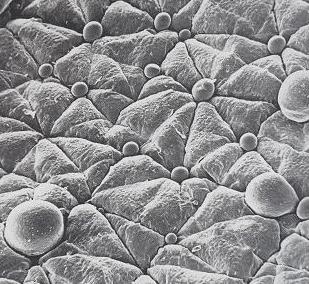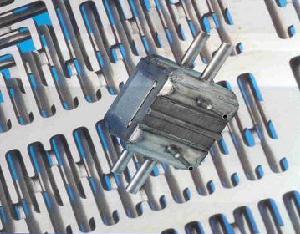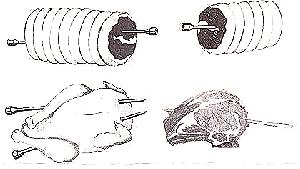David Reay gave a wide-ranging talk to HTS members, and some invited from HEXAG and PIN, covering the areas of heat transfer which can affect, positively or adversely, our ability to function at work or play.
He started with a number of observations that 'set the scene' for the scope of his talk:
-
Heat transfer has a major influence on our comfort and/or performance
-
It affects the behaviour of every-day tools such as lap-top computers
-
It is critical to the successful operation of most industries
-
It allows us to produce edible hot food and 'quaffable' cold wine!
-
Most of us here are involved in 'managing' heat transfer, either to increase its effectiveness or to minimise it
-
But we perhaps do not stop to think: 'Is (effective) heat transfer good for us?'
Human comfort depends upon many factors, and David described the role of 'active' and 'resting' sweat glands and the ways in which they function. Could we influence human thermoregulation in a way that could minimise our need for space heating and cooling? Or can we design clothes that mimic thermoregulation - a new form of wool which opens and closes like pine needles to trap or expel heat is one answer!

The benefits of heat exchangers can be realised to a greater extent when they are combined with other process unit operations. The chemical and process industries in general are already benefiting from 'process intensification' - making plant much more compact without sacrificing throughput. Taking as an example the Chart Heat Exchangers 'HEX-reactor', David showed how catalytic reactions and heat transfer could be beneficially combined in structures that resembled compact heat exchangers. Such technology could even lead to the 'gas turbine reactor', where the combined production of heat, power and chemicals would be carried out.

A theme throughout the talk was the heat pipe, which has interested David for most of his working life. As well as mimicking 'resting' sweat glands, they can be used to cool aircraft brakes, isothermalise space satellites, and cook meat. The 'heat pipe cooking pin' allows you to cook roast beef so that one half is rare and the other half well-done - in the words of the manufacturer "Stick it halfway in and individual tastes are satisfied.

In conclusion, David said: "We will soon have to take our jackets off, wear wool vests full of spikes, sit at 'hot' or even 'cold' desks and eat food which looks like Swiss cheese! - (full of holes for cooking pins)".
Global warming was the subject of much of the discussion, after all it may well influence our future heat transfer activities in a massive way. However, there were some sceptics present! For example; "Are our data, which shows a steady rise in global temperatures, influenced by measurements being made in 'warm' city environs?" A question for the Prime Minister as he addresses our greatest threat, perhaps?

